
Imagine settling in for a cozy evening, ready to continue a favorite series on your go-to streaming service, only to find it has vanished without a trace. Or perhaps you’ve been eagerly anticipating the next season of a critically acclaimed show, only to read it’s been abruptly canceled after just one or two installments. These are not isolated incidents; they are symptoms of a profound upheaval shaking the foundations of the digital entertainment world. This phenomenon, where beloved content seems to disappear into the digital ether while subscription costs climb and new advertising tiers proliferate, is a core component of what industry observers are dubbing “The Great Streaming Correction.”
The initial allure of streaming was a seemingly endless library of content at a relatively low price, often without the interruption of commercials. This “gold rush” era, however, fostered expectations among viewers that such a model was the permanent standard. The current “correction” signifies a dramatic shift, as streaming services are now retracting many of those early promises—removing content, increasing prices, and introducing ads—in a bid to achieve long-term financial stability. This isn’t merely an industry adjustment; it’s a fundamental resetting of consumer expectations about the true cost and nature of streaming entertainment, moving away from an artificially inflated value proposition that proved unsustainable.
So, why is this happening? Why do shows, even seemingly popular ones, get the axe so swiftly? As a senior media editor, I’ve watched this trend unfold with a mixture of fascination and frustration, much like many of you. It certainly feels like streaming is a less concrete venue for scripted television than traditional, linear TV used to be, and the data backs that up. We’re going to dive deep into the intricate reasons behind these changes, explore what they mean for the shows you love, and analyze how this correction is reshaping the future of how we consume television, one canceled series at a time.
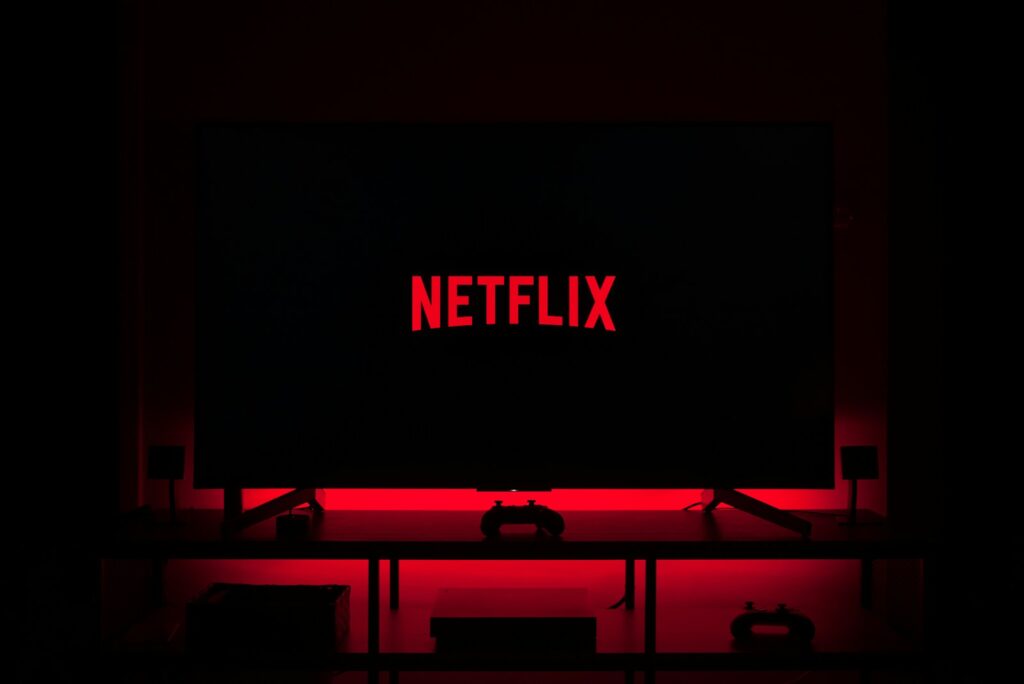
1. **The Overwhelming Volume of Content**: Part of the challenge today is simply due to the overwhelming volume of content being produced across the streaming landscape. In the early years of streaming, platforms like Netflix threw money at the wall to fill out their original content rosters, all in a frantic effort to compete with one another and build out subscriber counts. This led to an unprecedented explosion of new series and films, far exceeding what traditional television networks could ever offer.
Traditional airwaves only have so many hours in the day, creating a natural limit to what can be broadcast. However, when you’re choosing everything you watch from an enormous, ever-expanding library, there’s no limit to how vast it can be. This content glut, while seemingly offering boundless choice, paradoxically makes it much harder for individual shows to find their footing and truly break through the noise.
In such a crowded environment, even good shows can struggle to gain traction against a constant stream of new releases. This sheer quantity means that the pressure for immediate impact is immense, as platforms can’t afford to let content languish when so many other options are vying for viewer attention. It’s a high-stakes game where quantity once reigned, but now, the ability to capture and retain attention in the deluge is paramount.
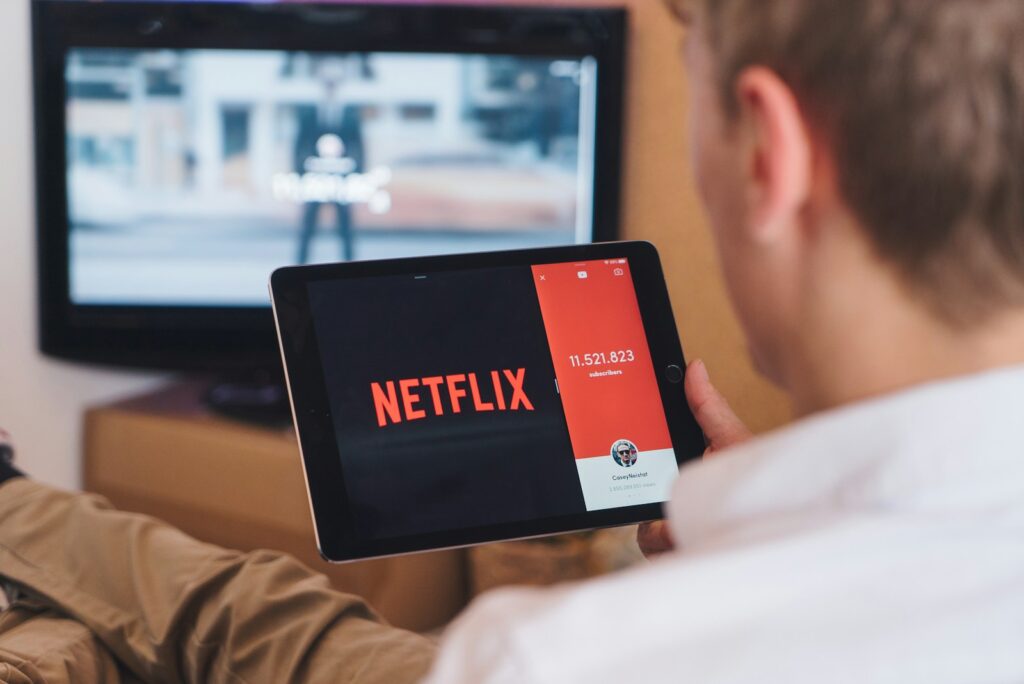
2. **The Primacy of Subscriber Growth & Retention**: In the streaming business, subscriber counts used to be everything, and to a large extent, they still are. While the introduction of more ad-supported tiers across different platforms has made ad revenue increasingly important, that revenue is still fundamentally dependent on the number of eyes watching the content. Ultimately, “growth” is the only thing that truly matters to these companies.
Streamers like Netflix put a lot of stock in which shows seem likely to keep subscribers around, or even attract new ones. This focus on subscription numbers is a distinct business model, less tethered to the success of individual shows compared to traditional TV, where advertising often directly correlated with specific program viewership. The goal shifted from individual show success to the platform’s overall magnetism.
This means that a show’s primary purpose, from a business perspective, is to serve as a tool for subscriber acquisition or retention. If a series isn’t performing adequately in those metrics, its artistic merit or critical acclaim often take a back seat. The underlying imperative is to maintain a continuously expanding and engaged subscriber base, making content a means to that end rather than an end in itself.
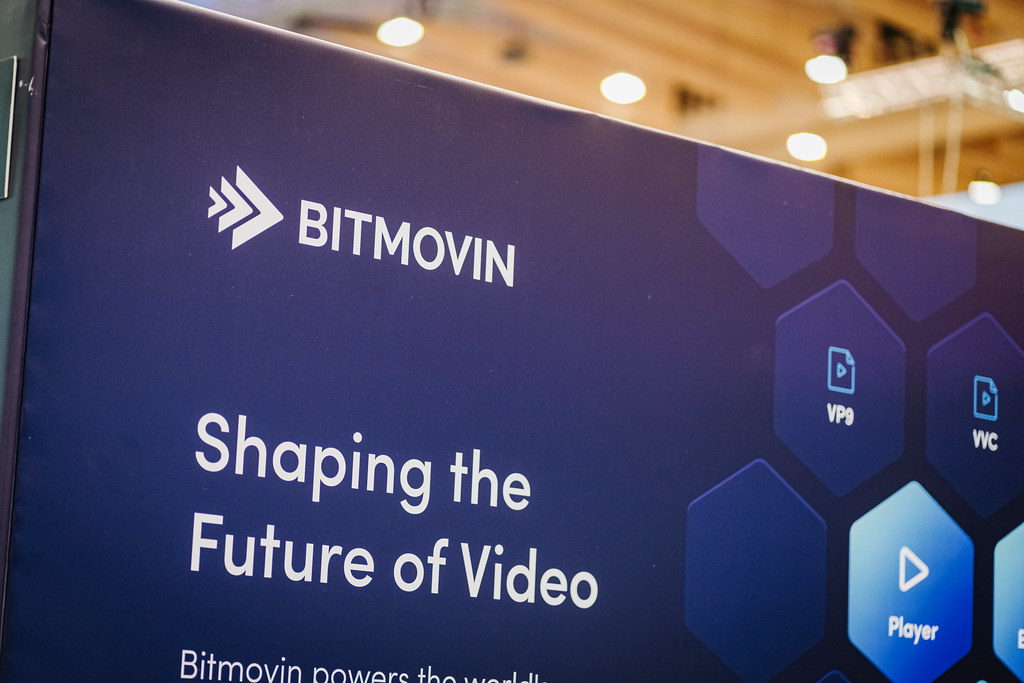
3. **The ‘Completion Rate’ Metric**: One of the most critical and often unforgiving metrics influencing a show’s fate is its completion rate. This isn’t just about how many people start watching a series, but rather, how many viewers actually stick with it all the way through to the end of a season. It’s a powerful indicator of genuine engagement and satisfaction.
As Stephen Lederer, CEO of Bitmovin, a company providing streaming infrastructure, explained to Newsweek in 2024, “The general rule of thumb is that if 50% of the show’s audience doesn’t complete the season, it is unlikely to be renewed.” From a pure business perspective, this makes a lot of sense, as Netflix, for example, “only wants hit shows to attract more advertisers and boost its revenue from advertising.”
This metric underpins the “throw it at the wall and see what sticks” approach that characterized early streaming content strategies. However, it also means this approach is only sustainable in a long-term growth context if streamers are willing to bail early on things that aren’t sticking, even if those shows might potentially gain more purchase or a dedicated following later on. The data-driven decision making leaves little room for slow burns or niche appeals if completion rates aren’t robust.
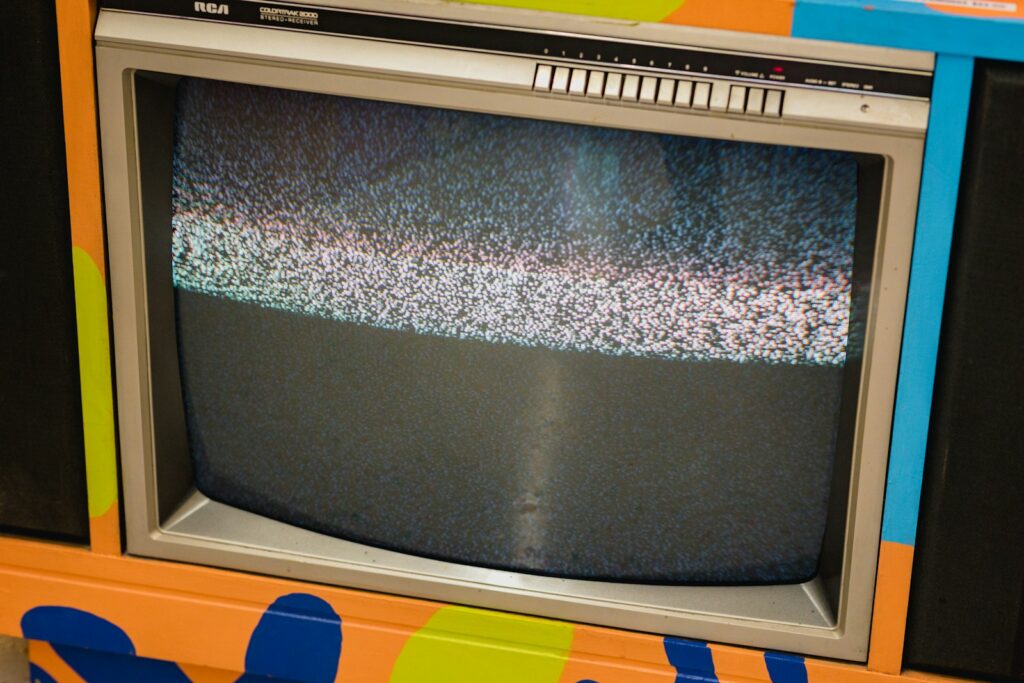
4. **The Ease of Cancellation vs. Linear TV**: Another big factor contributing to the seemingly constant churn of shows is the relative ease with which streaming services can cut programming, especially when compared to the rigid structures of linear television. Traditional networks operate on a fixed schedule, adhering to a primetime hierarchy where established shows often lead into newer ones to build interest.
If one of those new shows is floundering, it’s hard to cancel it without having a substitute ready to go that can pick up the slack, disrupting carefully planned programming blocks. Former NBC Studios president Tom Nunan aptly described this challenge to The Wrap in December, noting that “You’re moving these things and they don’t move like speed boats,” but rather, “They move like giant aircraft carriers.” This analogy perfectly captures the inertia inherent in linear TV scheduling.
Streamers, on the other hand, operate in a far more agile environment. They can cancel shows at a moment’s notice with no such scheduling concerns or immediate need for a replacement. There’s no primetime slot to fill, no adjacent show’s ratings to worry about impacting, allowing for a swift and decisive pull of the plug, which is a stark contrast to the lumbering movements of broadcast television.
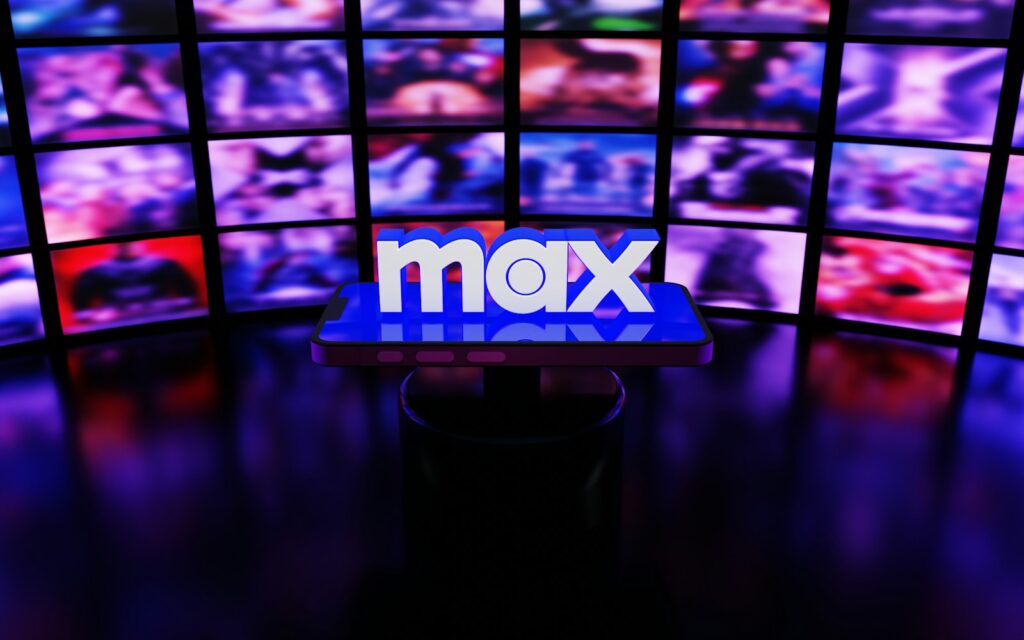
5. **The ‘Library’ as the True Driver of Subscriptions**: Further enabling this swift cancellation culture is what Tom Nunan refers to as “the dirty little secret about streaming.” He points out that “still the most robust numbers are coming in for their library, not for their new shows.” This revelation is quite significant, indicating that for many subscribers, the core appeal of a streaming service lies in its vast back catalog of existing, often beloved, content.
This means that while new original programming generates buzz and may initially attract subscribers, it’s often the consistent availability of established favorites that keeps people subscribed in the long run. If the library is the steady anchor for subscriptions, then new shows, even those that garner initial popularity, become more disposable.
Consequently, the pressure for new shows to be instant, monumental hits capable of competing with the enduring appeal of the entire library is immense. If they don’t immediately achieve that level of engagement, the platform can easily pivot, knowing that its foundational subscriber base is largely sustained by its older, proven content. The new shows, in this model, “can come and go” without fundamentally jeopardizing the service’s overall health.
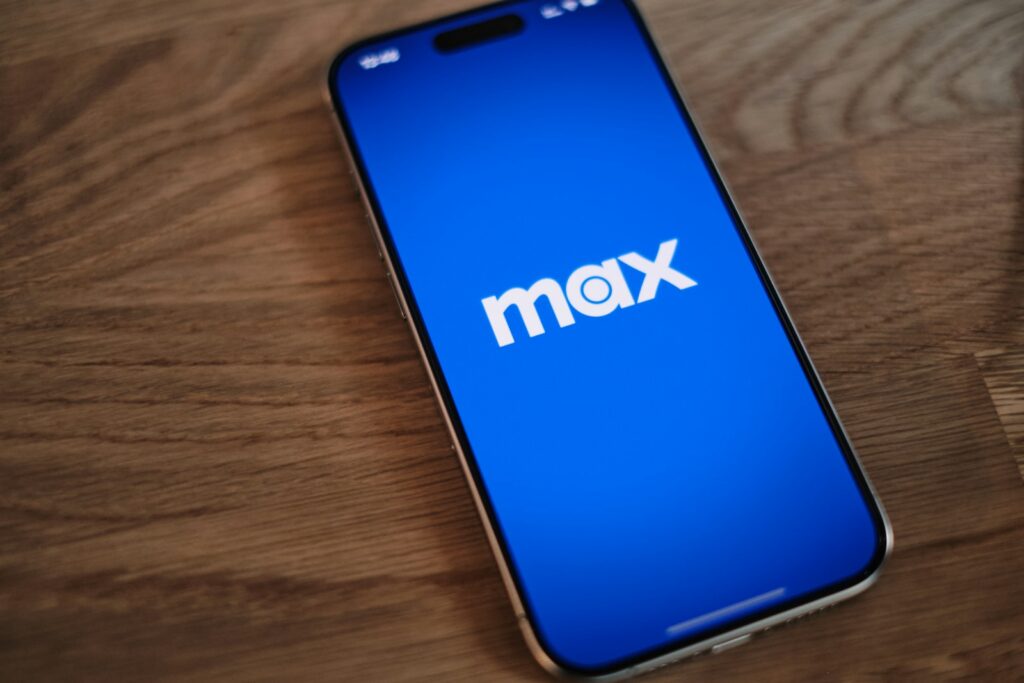
6. **The Economics of Content Removal (Cost-Cutting & Royalties)**: Taking the content churn to an even more extreme and controversial level is the recent practice of not just canceling shows, but actively removing them from platforms altogether. This has become a heightened point of focus in recent years, with HBO Max notably earning a significant share of ire for this practice, axing shows like “Raised by Wolves” and “Infinity Train” to major fan backlash. However, it’s important to remember they aren’t the only streamer engaging in this.
The primary objective behind such drastic measures is aggressive cost-cutting, specifically by removing ongoing royalty routes. If a show isn’t effectively driving new subscriber growth or significantly contributing to the company’s stock price, it becomes a financial drain. Even if dedicated fans continue to stream the content, the platform is still paying out royalties to the creators and rights holders.
As Matt Spiegel, executive vice president of data firm TruAudience, highlighted to Forbes in 2023, “Each stream carries royalty costs, so removing them from the library reduces costs without impacting revenue.” This cold, hard business logic explains why companies are willing to incur the wrath of fans by making beloved shows vanish, prioritizing the bottom line over long-term content availability.

7. **Misaligned Incentives for Creators**: To those with a genuine passion for television, or any empathy for the often-underpaid creatives who pour their hearts into making these shows, the practice of content removal and swift cancellations can sound extremely sinister. It points to a deeper issue of misaligned incentives within the industry, affecting the production process itself and leaving many creators feeling exploited.
Michael Schur, the acclaimed creator of “The Good Place”, shared a telling anecdote with Vulture in 2023. He explained that some streamers would promise bigger bonuses to writers with each progressive season, in exchange for some diminished returns early on. However, “What no one saw coming was they’d just kill the show before they ever had to pay that money out,” Schur said, concluding that “They kind of tricked everybody.” This reveals a calculated strategy to avoid future financial commitments.
Elizabeth Cox, founder and CEO of independent production company Should We Studio, agrees that this approach creates upset not just with viewers, but with the entertainment industry as a whole. She believes these misaligned incentives between studios, distributors like Netflix, creators, and audiences are leading to an industry “where no one’s happy.” This contentious environment makes it incredibly difficult for unique shows, even those with passionate fan bases, to thrive and reach their full potential against such financially driven, often ruthless, decision-making.

8. **The Deceptive Nature of ‘Top 10’ Lists**: It’s a common sight when you open your streaming app: a shiny “Top 10” list, showcasing the hottest shows and movies currently captivating audiences. These lists certainly make it easy for us to discover new content and spark conversations with friends. However, as Peter Friedlander, Netflix’s U.S. and Canada scripted series chief, clarified to Variety, while the Top 10 is a useful tool for “people to find shows, discover shows, [and] talk about shows,” it actually “does not factor into decisions at a board-room level.” This revelation is quite significant for understanding why seemingly popular shows still get the axe.
The disconnect here can be truly disheartening for viewers. A series might appear prominently on these lists for weeks, signaling widespread viewership and engagement, yet still be deemed unworthy of renewal. “First Kill” and “Fate: The Winx Saga,” for instance, both made multi-week appearances on Netflix’s weekly Top 10 list in 2022 but were ultimately canceled. More recently, “Kaos,” starring Jeff Goldblum as Zeus, was in Netflix’s Top 10 charts during its first month, but was canceled after only one season, barely a month after its release. This suggests that mere visibility in a Top 10 list is not a guarantee of a show’s longevity.
What’s even more confusing is when critically acclaimed shows, lauded by both critics and audiences, fall victim despite their chart presence. “Dead Boy Detectives” spent time in the Netflix Top 10 and boasted above 90% on Rotten Tomatoes from both critics and audiences, a rare achievement. Yet, it too was canceled. This pattern highlights that the metrics influencing cancellation decisions are far more intricate and hidden than the public-facing popularity rankings suggest. Viewers are left to puzzle over why a show that seems to be doing well by conventional measures suddenly disappears.
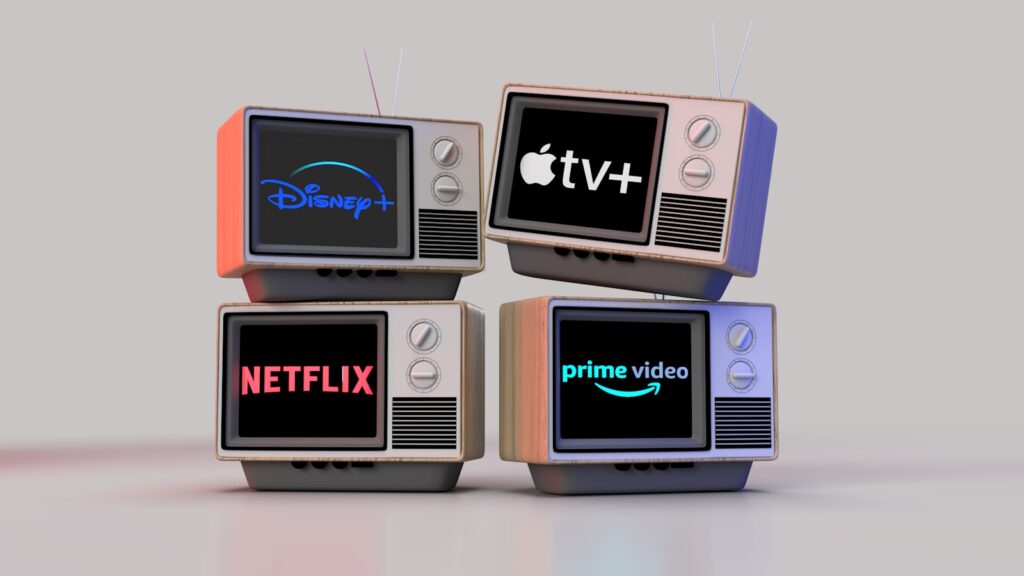
9. **The Unforgiving Demand for Immediate Hits**: The current streaming landscape leaves little room for slow-burn successes. If a show isn’t an instant hit, generating significant buzz and meeting aggressive internal targets right out of the gate, it faces a high risk of being shelved. This shift prioritizes immediate metrics over creative freedom or the potential for a story to develop over time. “Netflix and Prime Video have shifted their focus from telling compelling stories to prioritizing immediate metrics,” according to one analysis, explaining why things are falling apart for fans.
This demand for immediate impact is particularly unforgiving for higher-cost, genre series. Netflix, for instance, has “a fairly high viewership threshold for renewing higher-cost, genre series compared to comedies and reality shows.” This means that even if a show with a decent completion rate, like “Dead Boy Detectives,” lands in the Top 10 and receives critical acclaim, it can still fall short if it doesn’t meet these aggressive, numbers-driven expectations for its specific category. The pressure is immense for these shows to be monumental successes from day one.
Prime Video’s “My Lady Jane” provides another unfortunate example of this trend. Despite being loved by fans, it was not renewed because it “failed to attract a wide audience or make Nielsen’s Top 10 weekly streaming rankings for originals.” Fans lamented that the show had everything from comedy to romance and a talented cast, believing it had an audience, but the streamer simply didn’t want to renew “quality things.” This underscores the challenge: quality and a passionate fanbase sometimes aren’t enough if the show doesn’t achieve broad, immediate viewership metrics in the eyes of the platform.

10. **The Broader Industry’s Struggle for Profitability**: The “Great Streaming Correction” isn’t just about individual shows; it’s a fundamental recalibration for an entire industry that, for years, prioritized aggressive subscriber growth at almost any cost. Media giants poured billions into content and global expansion, often resulting in significant financial losses. Wall Street’s patience for these perpetual losses has finally worn thin, forcing a dramatic pivot from chasing subscriber numbers to achieving tangible profitability and building sustainable business models.
This shift means legacy media players are now under intense pressure to make their direct-to-consumer platforms profitable. Some are beginning to show quarterly profits or at least narrowing their streaming losses, indicating a move towards more realistic economics. The content purge, where shows are systematically removed, is a direct manifestation of this financial imperative. Disney, for example, disclosed it would incur a $1.5 billion impairment charge due to removing content from its platforms, illustrating the brutal math involved in cost-cutting and tax write-downs to clean up balance sheets.
This isn’t merely a temporary slowdown; it’s a profound rethinking of streaming economics, moving from a period driven by speculative market capture to one focused on proven survival strategies. The prior era undervalued content in the frantic race for subscribers, leading to unsustainable unit economics. The current pain and strategic adjustments are a direct consequence, as the market now demands a more realistic valuation of content and a sustainable price point for access, moving away from artificially low-priced, high-volume offerings that defined the “Streaming Wars.”
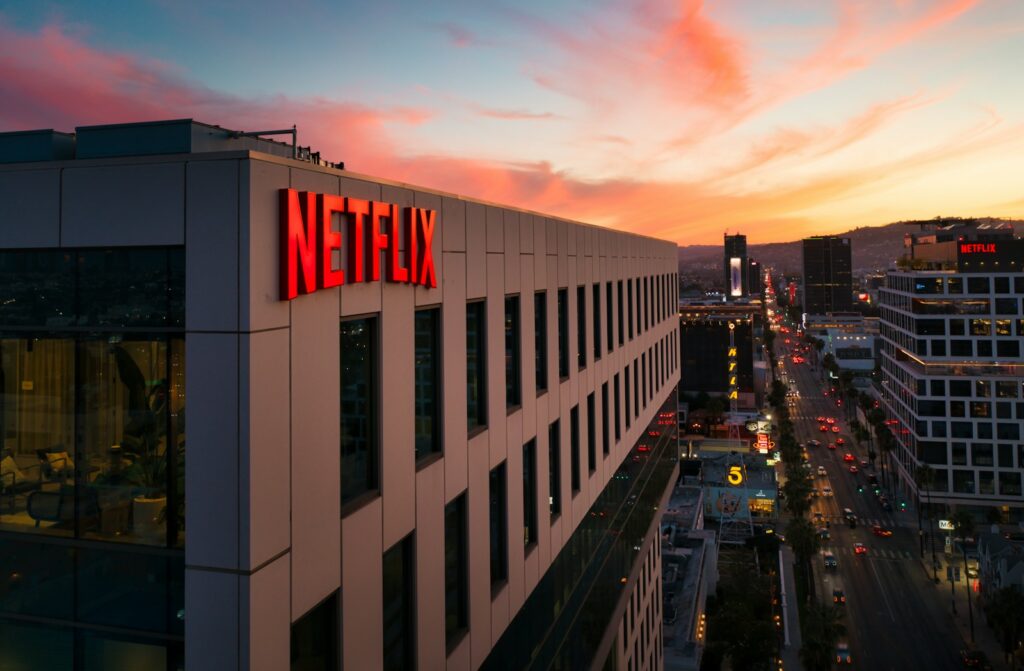
11. **Expiring Licensing Deals and Content Migration**: Sometimes, a show’s disappearance isn’t due to cancellation in the traditional sense, but rather the expiration of a licensing deal. Many beloved shows aren’t originals of the platform they reside on; they are licensed from their copyright owners for a set period. When that time runs out, the show will vanish unless the streaming channel negotiates a new deal with the distributor. Netflix considers three factors when a licensing deal expires: whether the rights are still available, how popular the show is, and how much it costs to keep.
This dynamic was famously illustrated when “Friends” moved from Netflix to Max in 2022. Netflix had licensed the show from Warner Bros., its owner. Once that agreement ended, Warner Bros. Discovery took back “Friends” for its own streaming service. This isn’t just about Netflix; when Peacock and Paramount Plus launched, they similarly pulled some shows to their exclusive services, rather than allowing them to remain on unaffiliated platforms.
The good news for viewers is that an expiring license with one platform often means the distributor will make a new agreement with a different streaming platform. So, while your favorite show might disappear from one service, it could very well reappear on another, just under a different subscription. This migration often occurs towards the end of the year as many streaming services re-evaluate and cut content, prompting viewers to search other platforms for their beloved series.

12. **The Overlooked Need for Shows to Evolve Over Time**: In the relentless pursuit of immediate hits, streaming platforms often overlook a crucial aspect of successful television: some shows need time to grow and find their audience. Not every masterpiece is an overnight sensation; many beloved series only hit their stride after a few seasons. Classic examples like “Breaking Bad,” which began with modest ratings but became a cultural phenomenon by its third season, or “Parks and Recreation” and “Schitt’s Creek,” which took time to find their footing before becoming adored, illustrate this perfectly.
Unfortunately, Netflix and Prime Video, driven by their aggressive metrics, appear to have little patience for this slow-burn success. A reader, commenting on the cancellation of “Kaos,” perfectly articulated this frustration: “This series is exceptional. It’s a refreshingly new and unique storyline. I must admit, I’m beginning to tire of the Netflix roller coaster where the highest-quality shows are canceled just as I become invested in them.” Another user on X echoed this, lamenting that “Kaos was the first genuinely good show they’ve made in ages… And even this gets canceled.”
Even shows that seemingly had the chance to grow, like Prime Video’s “Outer Range,” which developed a huge audience over two seasons and even took the No.1 spot from “Fallout” in Prime Video’s Top 10, were not safe. It was canceled not even two months after its second season aired, leaving loyal fans dismayed by unresolved storylines. The Hollywood Reporter noted it had “strong ratings, just not strong enough to guarantee a third season.” This constant cycle of investing emotionally in stories only to watch them disappear before reaching their full potential is incredibly disheartening, preventing potential cult classics from ever truly taking off.
As we navigate this evolving entertainment landscape, it’s clear that the streaming world is in the midst of a profound transformation. What began as a promise of endless content at our fingertips has matured into a complex, data-driven ecosystem where economic realities often dictate artistic outcomes. While the initial “gold rush” may be over, this ‘Great Streaming Correction’ is forcing platforms to re-evaluate their strategies, pushing for sustainability and profitability. For us, the viewers, it means a more discerning eye is needed when investing our precious time in new series, and a deeper understanding of the forces shaping the future of our digital entertainment. It’s a challenging time, but one that promises to redefine how we engage with the stories we love, hopefully leading to a more balanced and creatively nurturing environment in the long run. The conversation about quality versus quantity, artistic integrity versus immediate metrics, will undoubtedly continue to shape what lands on our screens, and what ultimately gets to stay.



